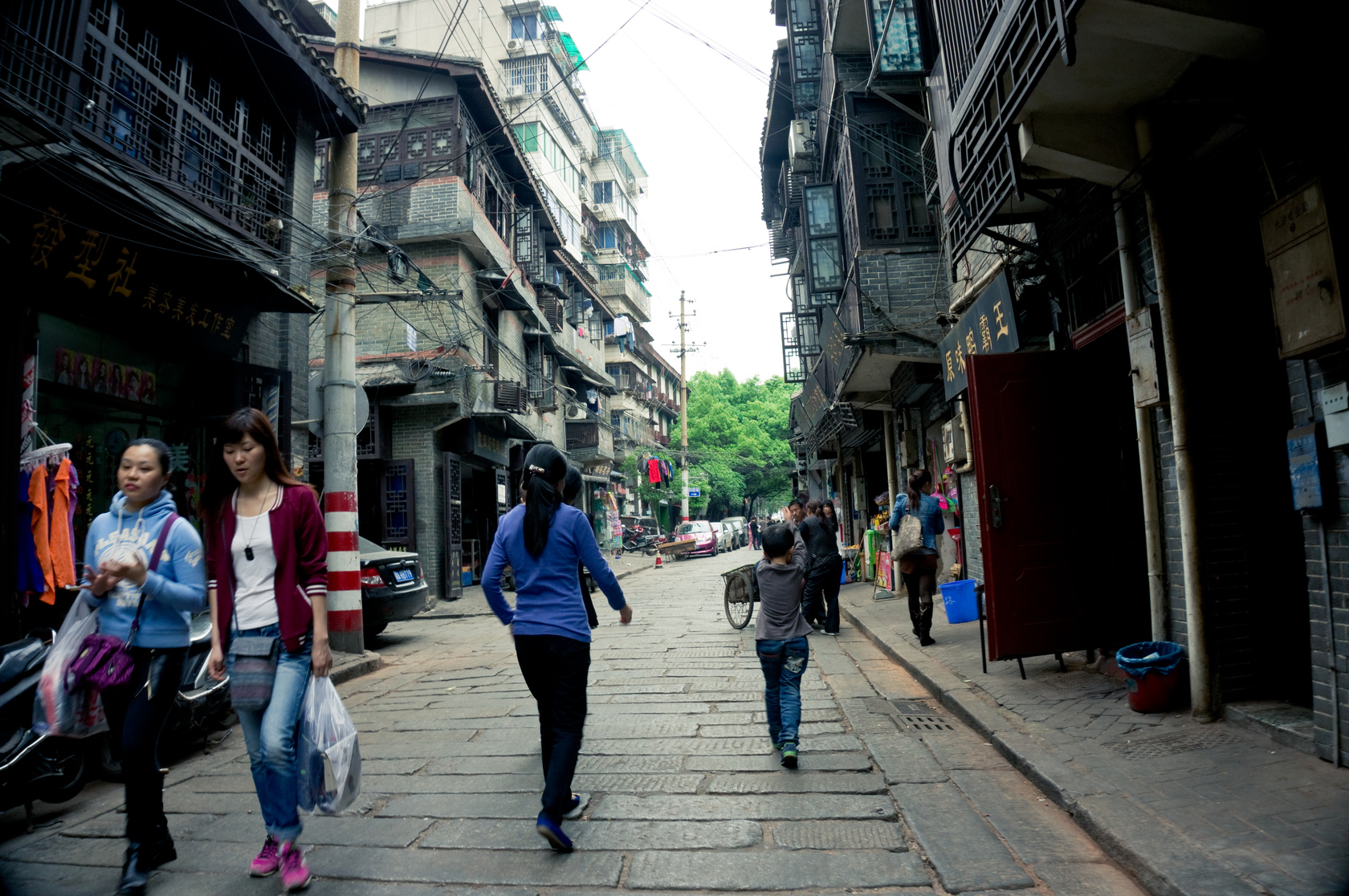City memories vividly preserved in oral materials

Since the Qing Dynasty, Chaozong Street has been paved with granite and endured hundreds of years’ history. The street witnesses the historical changes in the city, Changsha.
A historic street carries the memory of a city.
Traditional-style residences scattered across both wide streets and narrow lanes represent links connecting a city’s past and its present.
Since April, an oral history research team from the Hunan Library has been conducting an interview project themed “seeking city memories on Chaozong Street in Changsha.” Thus far, the research team has interviewed 15 local residents living near this street and recorded nearly 200 minutes of oral historical materials and took 5,000 photos.
Researchers have almost accomplished the collection of materials relating to 17 lanes connected to Chaozong Street.
The street is located at the center of Changsha, the capital city of Hunan Province. Chaozong Street, literally meaning worshiping ancestors, gained this name since it was near Chaozong city gate. It starts east from Beizheng Street and west to Xiangjiang Avenue. In the Qing Dynasty, under the reign of Emperor Yongzheng, most streets in Changsha were paved with granite, which originated from the lower reaches of a main tributary of the Yangtze River, Xiangjiang River. Because granite streets couldn’t satisfy the demands of urban transportation development, the local government began to remold the streets and only three granite streets were preserved as historic sites. Chaozong Street is one of them and connects to multiple lanes. In May, the shantytown transformation project was initiated. To date, nearly half of the house demolition has been done. Some of those demolished residences are significant historic sites, carrying a significant cultural legacy.
Xu Zhi, a librarian from the Hunan Library, said that the reason why oral history is taken seriously is that it has the function of filling in gaps in history. Oral history has an irreplaceable role in restoring history and can make up for deficiencies of written texts.
The research team visited all lanes of Chaozong Street and attempted to record this city’s memories by communicating with local craftsmen. Although most of the shanty houses will be removed, He Guoqi, an 80-year-old barber on the street, still runs his businesses regularly. Every day, he opens his little barbershop on time, cutting hair and shaving faces for his old neighbors. Each basin, pot, soap, canvas and knife in the shop seems to tell this old craftsman’s story and his connection with the street.
